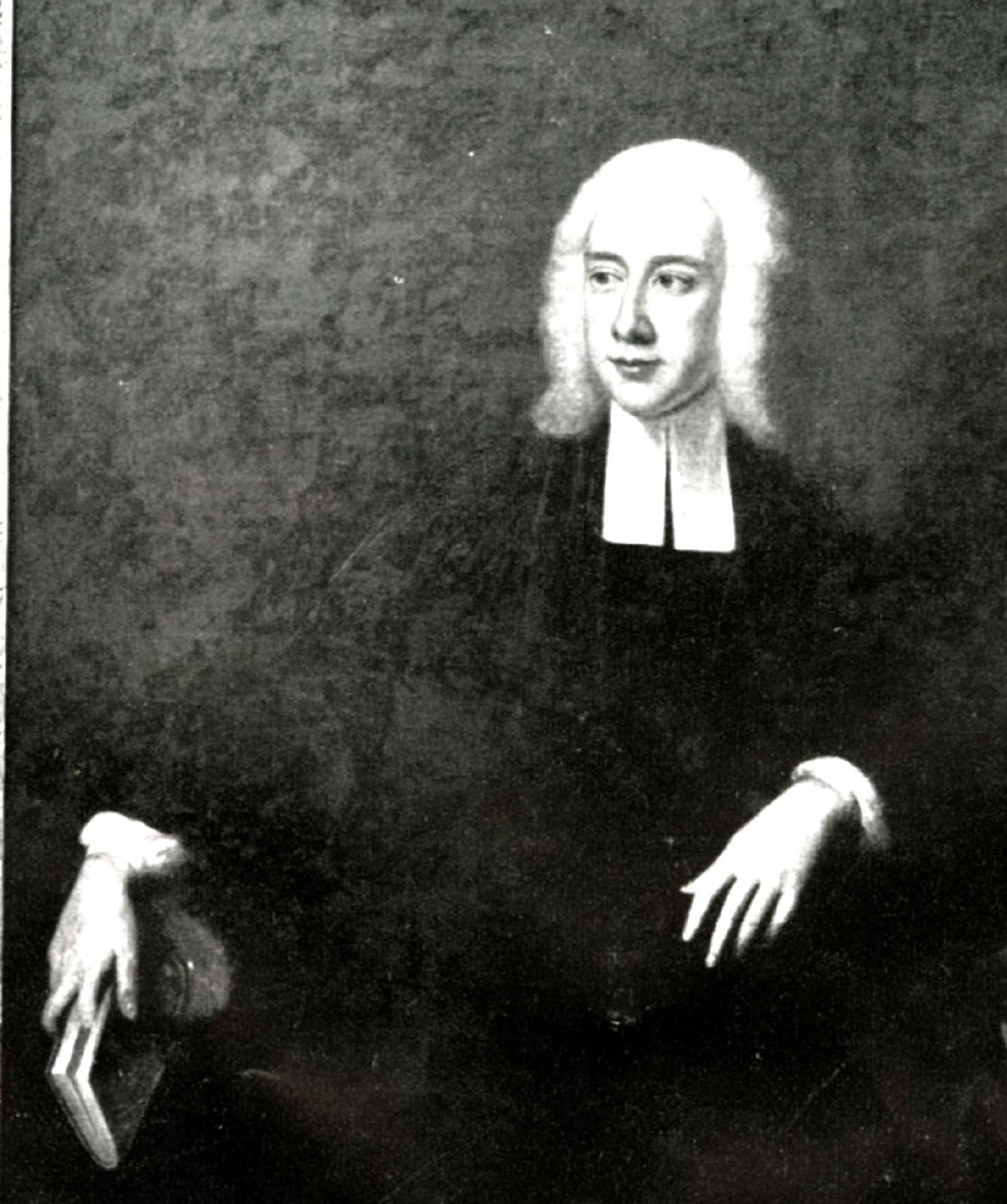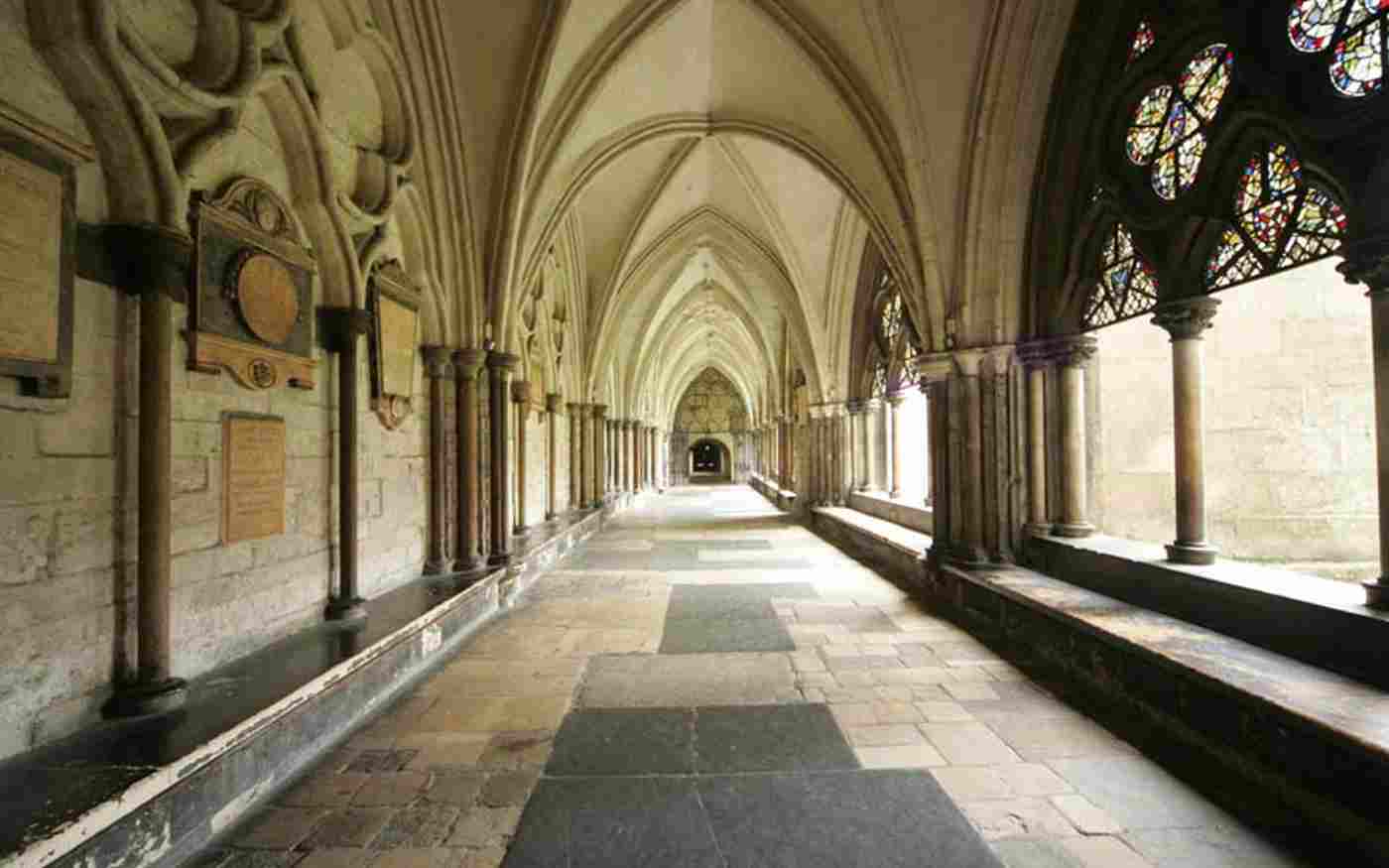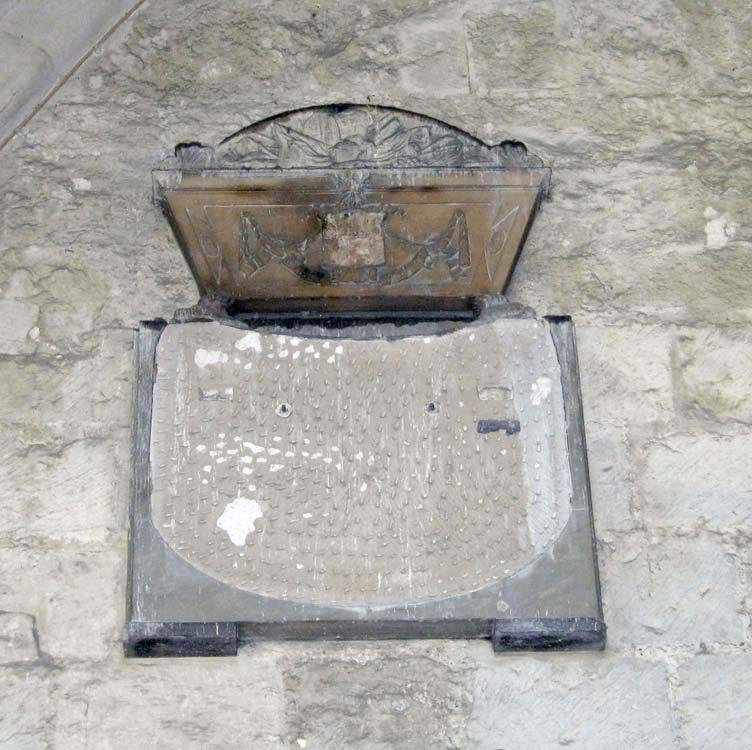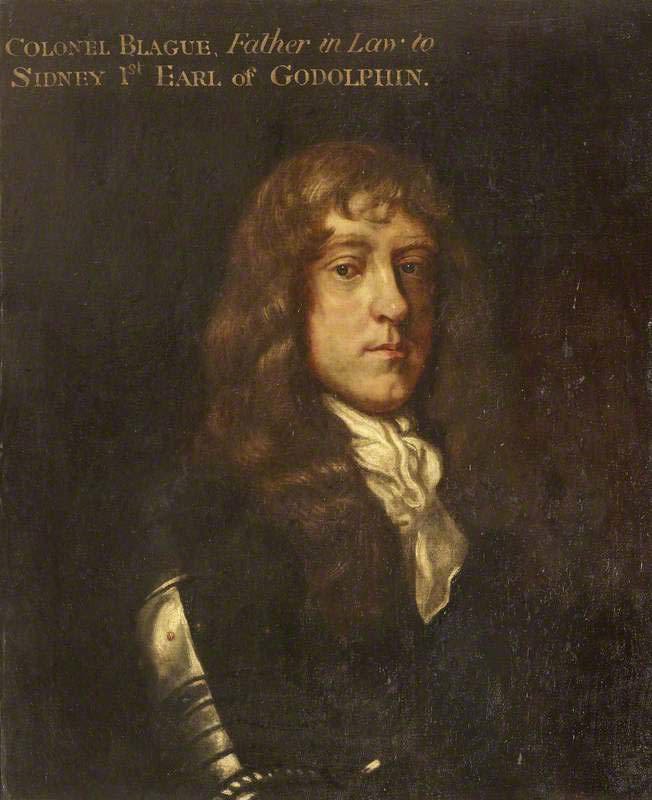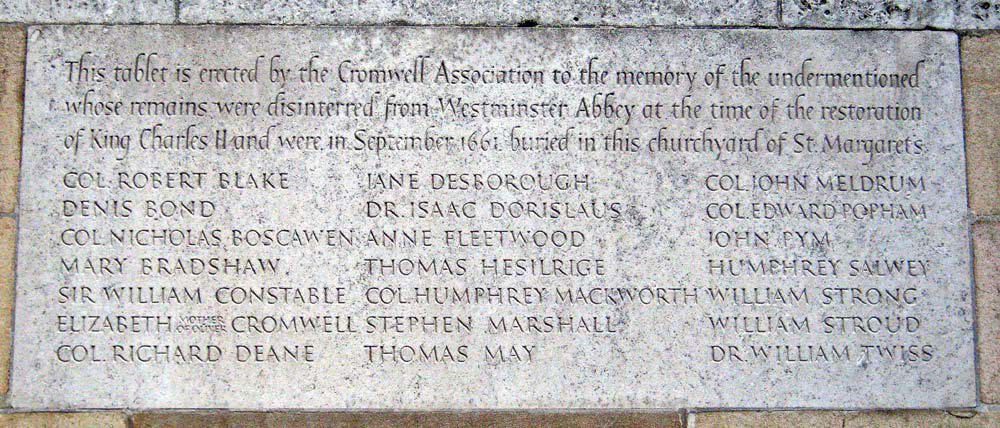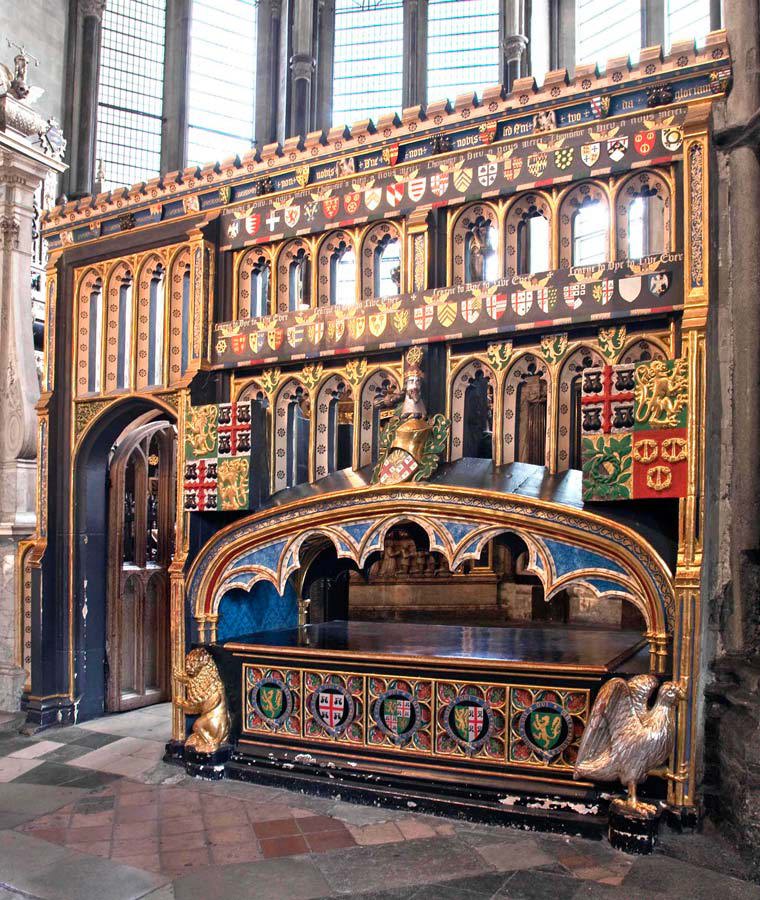Richard Philipps
In the north transept of Westminster Abbey is a brass plate over the grave of Lt. General Richard Philipps. The inscription reads:
Lt. General Richard Philipps Great Grandson of Sir John Philipps of Picton Castle, 1st Bart. [Baronet] He fought under William of Orange at the battle of the Boyne, became 1st Colonel of the XLth Regt. and Governor of Nova Scotia. He died in Great Queen Street, Westminster October 14th 1750 aged 90 and was buried beneath this stone which was placed to his memory by his descendant Sir James Erasmus Philipps 12th Bart.
The brass was paid for in 1896 as there seems to have been no earlier stone marking the grave. The coat of arms at the top shows a lion rampant and the motto Ducit Amor Patriae (the love of country leads).
Richard was born in Pembrokeshire in Wales in 1661, son of Richard and his wife Frances (Noel). The Philipps family had resided at Picton Castle since the 15th century. He joined the army and narrowly escaped death by hanging because he distributed the proclamation which announced the approaching arrival in London of William of Orange (who became William III) in 1688. He was saved by the news that James II, the Catholic king, had already fled the country so Richard lived to fight with William at the battle of the Boyne, and later in Flanders and Spain. His regiment, the 40th foot, raised in 1712, was known as the ex-cellers (XL'ers). He was appointed governor of the colony of Nova Scotia and also of Newfoundland although he never visited the latter place. His first wife was Elizabeth Cosby and they had two children and he married secondly a widow Catherine Bagshawe. He died at his house near the Abbey.
Further Reading

This image can be purchased from Westminster Abbey Library
Image © 2025 Dean and Chapter of Westminster
